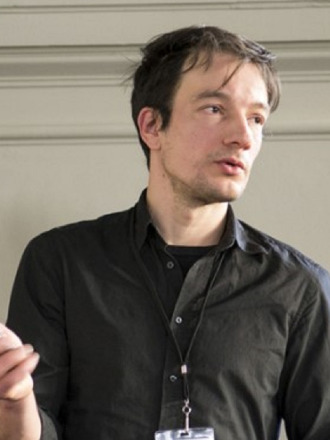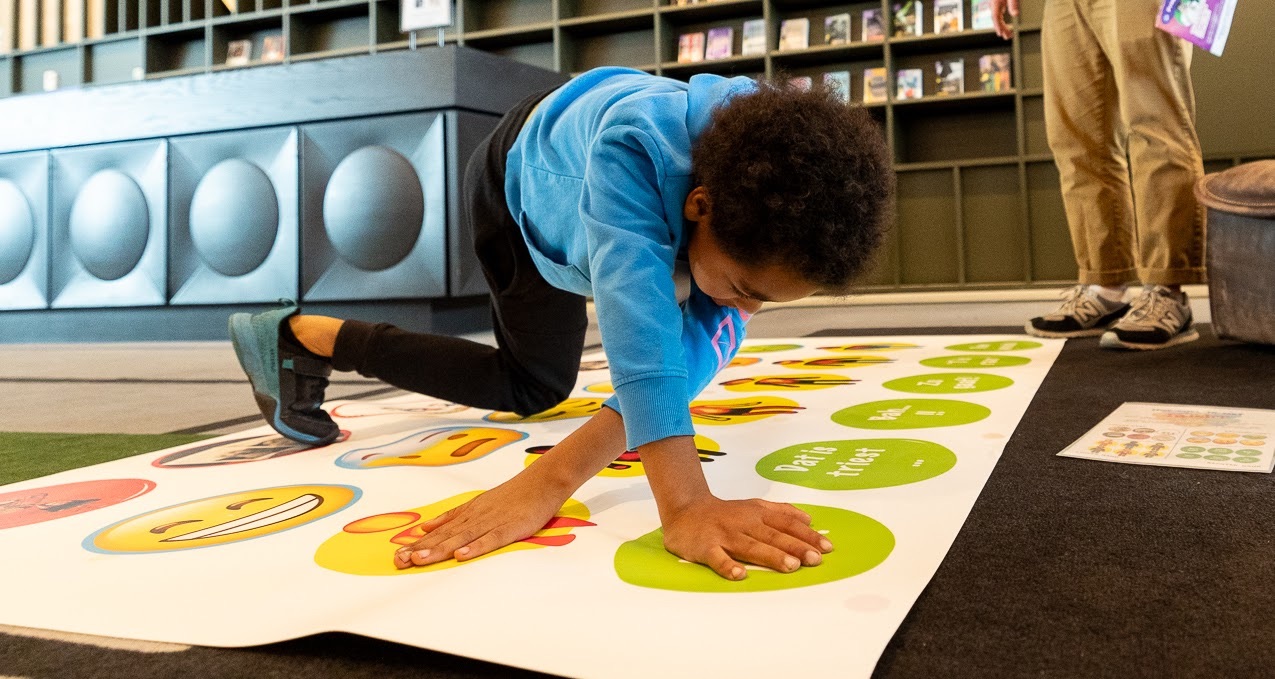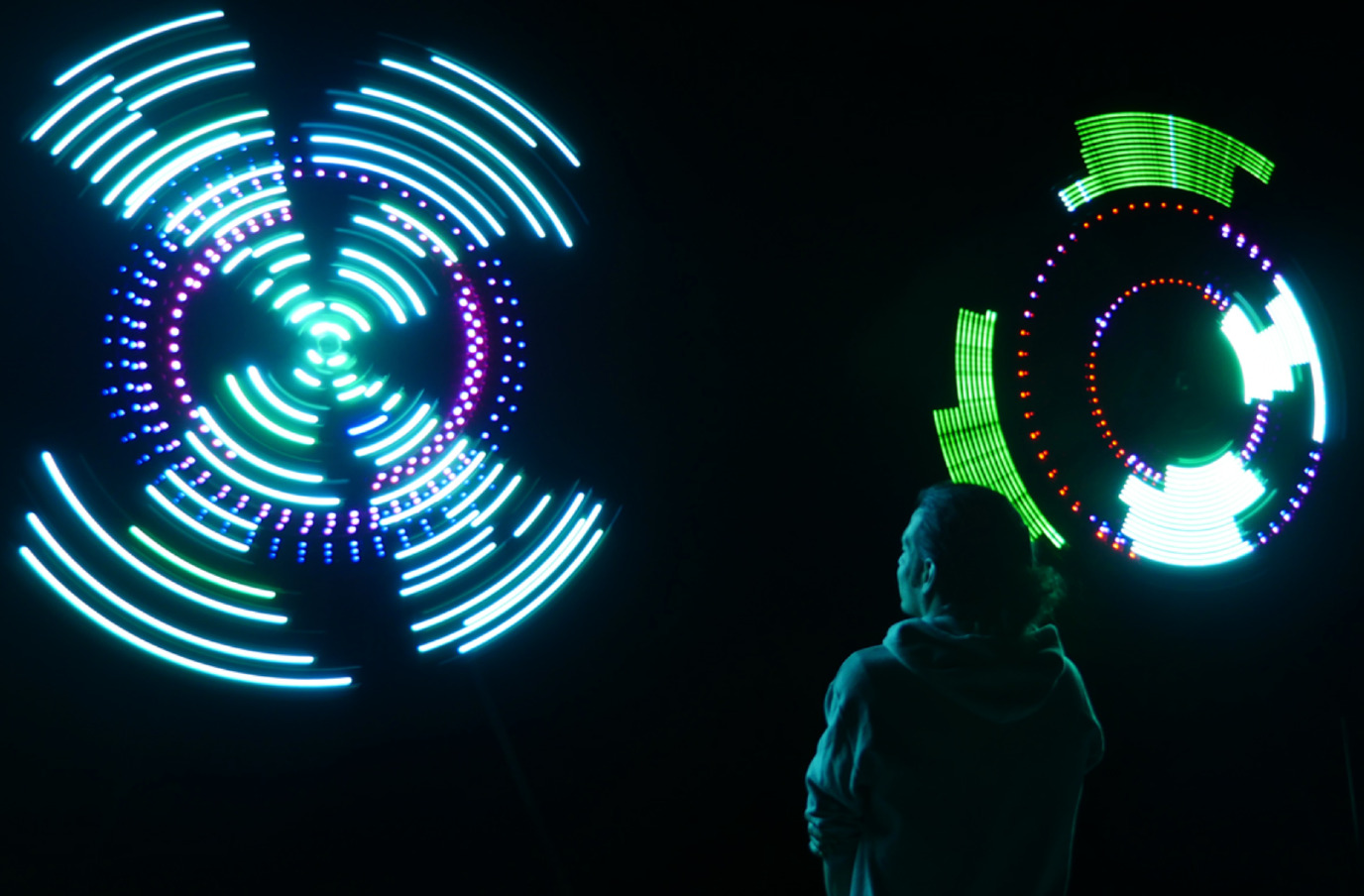Ralf Cox investigates how people experience art

What does art do to people? This question is at the heart of the research conducted by Ralf Cox and his colleagues. In museums and their research lab, they study the various reactions that art evokes in people. In the winter of 2023, a large public survey is scheduled for the Amsterdam Light Festival.
Admiration. Goosebumps. Inspiration. Enchantment. But also anger. Disgust. Incomprehension. Irritation. These are just a few examples of the reactions that art can elicit. Ralf Cox and his colleagues, Lisa-Maria van Klaveren, Gemma Schino, and Héctor Gallegos González, conduct research on such art experiences. They examine what people think and feel when they see a work of art, as well as their physical reactions. Cox: "Art experiences are not one-dimensional things that can be reduced to a single characteristic. That's why we look at cognitive, emotional, physical, and social aspects. These aspects are all part of the art experience and are not studied together often enough."
Wide Array of Methods
To do justice to the complex nature of an art experience, Cox and his colleagues use a wide array of research methods. They do this both in their research lab and in museums. "For example, we have people fill out questionnaires about emotions, aesthetic appreciation, and physical sensations. But we also conduct various body measurements such as heart rate, body movements, and brain activity. Additionally, we are exploring whether we can use measurement methods based on more artistic and alternative forms of expression. Such as creating a drawing, using gestures, and for children even the game of Twister, on which they can show what they feel and experience."

Body and Movement
One of the most interesting findings for Cox is the impact of art on the body and movement. "We observed that the different emotions evoked by artworks are felt as sensations in different parts of the body. For example, we found that 'art-emotions' are associated with increased activation in the head. We also saw that the way people move when they stand in front of a painting depends on the type of painting. The subtle movements we make while standing are more chaotic when looking at an 'action painting' by Jackson Pollock than when looking at the 'simple' geometric shapes in a painting by Piet Mondrian. Interestingly, the intensity of these movements, meaning how expansive and chaotic they are, correlates with the emotions and appreciation of the works."
Men and Women
Ongoing research by Cox and his group suggests that our verbal and physical expressions of art experiences are framed by how we think about gender. "We had participants look at images of paintings while measuring their body movements. After each painting, they discussed their art experience. We also asked them afterward to what extent they attributed 'typically' male and female characteristics to themselves and how they thought about gender roles. We found that the movements in front of the paintings are slightly more intense in women than in men. This difference may be due to the fact that men and women naturally move differently. However, in men, the difference in movement intensity between the lowest and highest-rated experiences is also influenced by how masculine they perceive themselves."
Never the Same
What makes Cox's research challenging, in his own words, is that you always experience the same artwork differently. "A well-known Greek wisdom is: 'You cannot step into the same river twice.' The same applies to art. Whether it's a painting, a piece of music, or an art object in a square: the impact art has on you is always slightly different. This is because you are always a bit different yourself, and the situation is always slightly different. What you know about the artwork or the artist changes, your mood is not the same every day, and the people you are with vary. But also the lighting, the details that catch your attention, and the connections you can make between them are not constant."

Amsterdam Light Festival
Cox is looking forward to the winter of 2023 when he and his team will conduct a large-scale public survey at the Amsterdam Light Festival (ALF). "We will investigate how people experience light art installations and how these affect their thoughts and emotions. Visitors will answer questions about the Amsterdam Light Festival and this year's theme, 'Revealing Art, AI, and Tech' via their mobile phones. The collaboration with ALF offers us a unique opportunity to understand how a large number of people experience these unique light art installations and how they perceive the influence of technology and AI in their lives and in art. We are very curious to see what insights this will yield."
More Information
- Profile page Ralf Cox
- Website of the Interface for Measuring the Experience and Meaning of Art (iMEMA) research group
- More information about the Amsterdam Light Festival
| Last modified: | 12 October 2023 4.24 p.m. |
More news
-
16 May 2024
KNAW appoints Mladen Popovic and René Veenstra as members
Professor Mladen Popovic and Professor René Veenstra have been appointed members by the Royal Netherlands Academy of Arts and Sciences (KNAW).
-
01 May 2024
Behavioral Scientist Carsten de Dreu Appointed as Professor at the University of Groningen
The University of Groningen is pleased to announce the appointment of renowned social and behavioral scientist Carsten de Dreu as research professor at the UG.
-
09 April 2024
Kirsten van den Bosch: 'Connecting students with the work field really is achievable in every programme'
Dr Kirsten van den Bosch en her team won the Best Practice Award 2024 with their initiative to connect students with organizations to solve real problems within Academic Learning Communities.
